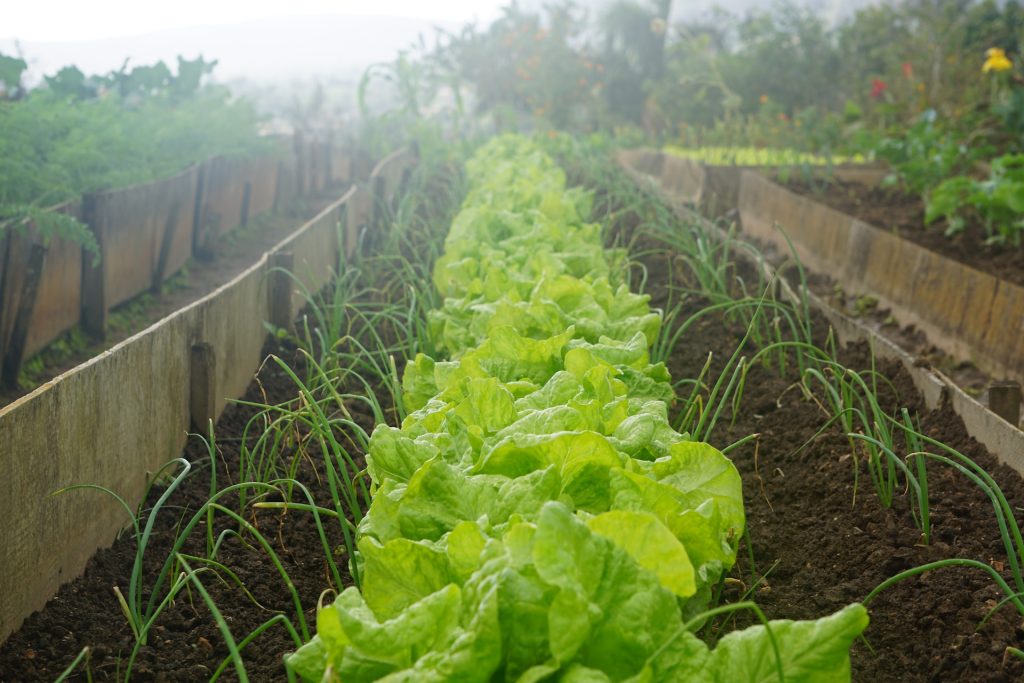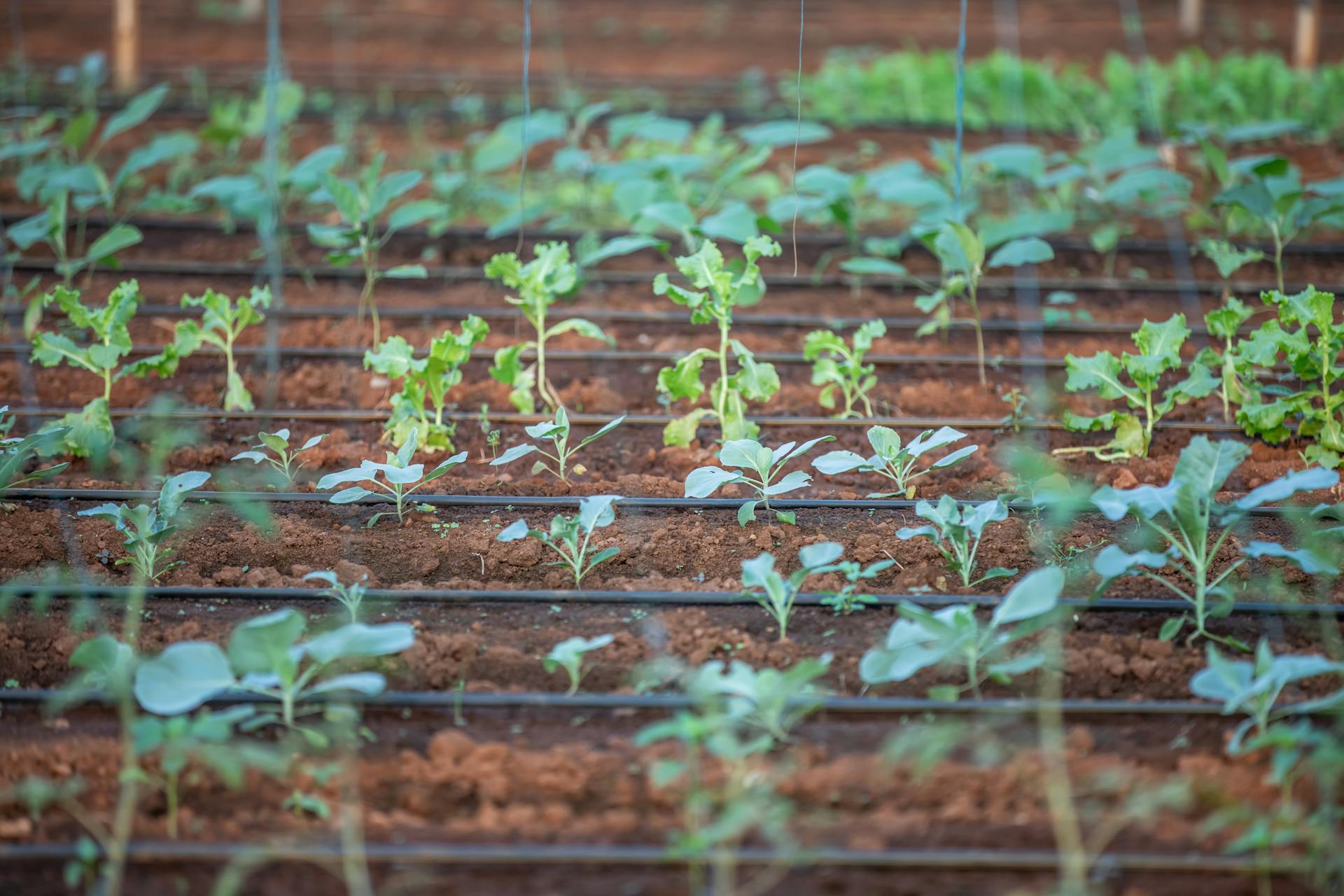Raised bed gardening takes a lot of work to get set up, and you need to do everything right from the start. Improper drainage is one of the things that can happen if your bed isn’t properly leveled from the start.
You can add perlite to your bed, soil amendments, and even some vermiculite, but you need a good foundation.
We’re going to explain how to level a raised bed to:
- Improve drainage
- Stop soil erosion
- Allow nutrients to remain more event
Sure, there are some benefits to having a garden on an incline, but with your raised bed’s environment and soil structure being 100% in your hands, it’s best to level everything out.
Does A Raised Bed Need To Be Level?
Yes and no. You can put the raised bed on a slope, which is beneficial for drainage and may help you plan the garden better. But your bed should be level. You’ll want to follow this recommendation when first creating or placing the bed before filling it because:
- Removing all of the soil from a filled bed is a lot of work
- Leveling will help keep soil in place
- Aesthetically, unleveled raised beds look unprofessional
- Waterlogging can occur
- Wooden beds can become susceptible to premature rotting
Don’t want to level out your bed? You’ll just need to deal with uneven raised bed drainage and some plants drying out before others. While this doesn’t mean that all of your harvests will be a failure, it does mean that you’ll need to be more diligent with watering and checking the soil to see where it’s dry or not.
I’m confident that one or two of my beds aren’t 100% level, but it’s such a slight difference that it’s not causing a major impact on growth.

How To Level A Raised Garden Bed on a Slope
Sloping land is the bane of my existence, so I know a thing or two about leveling out a raised bed on this type of land. What you’ll want to do is:
- Use a long leveler, kind of like this one from Amazon
- Place the level at the edge of where your bed’s border will be
- See if the first area is level. The leveler linked up is 4 feet long, which makes this much easier
- The ground is level when the bubble is in the middle
- Measure the remaining of the bed to make sure it’s level
If the bed isn’t level, you’ll need to add more soil to the ground and use the backside of a metal rake to even it out. Keep adding soil, checking to see if it’s level and repeat these steps until it is level. We recommend:
- Filling in any depressions first
- Smooth with the soil with a rake
- “Eye” the level
- Repeat until it looks level
- Check to see if it’s level
- Repeat
Want to be more technical?
String Method
Do you have a few stakes and string that is the length of the bed? You can:
- Dig a 2” hole on each corner of the bed
- Measure the hole for accuracy
- Place a stake in the hole
- Refill with dirt
- Tie a string from post 1 to post 2
- Tie a string from post 2 to 3
- Tie a string from post 3 to 4
The trick is to measure how high the string is. For example, measure and place the string 4” from the ground for each stake. You’ll now have guidelines to follow to make the ground level. Use a level and adjust the string height until it’s level on all four posts.
While this method is certainly used by a lot of landscapers, it’s a decent amount of work for a raised bed and can be skipped if it’s too confusing.
Measuring the Slope
You can also measure the distance from the bottom of the level to the ground.
Why?
Tip: It’s never a bad idea to put spanners along the length of the bed to prevent bowing. You can skip this step if your bed is 4-feet long or less, but after 5 feet or so, the bed will begin to bow on uneven ground.
If you measure from the bottom of the level to the ground, you can measure the rise over run. Rise over run is a way to measure how much the land slopes. For example, if you have 6” between the ground and the 48” long leveler, you can use this equation:
- 6/48 = .125” of slope per inch
You can then figure, 1.25” of slope per 18” of slope per foot. Filling in this slope and leveling it out will take some time, but it will be worth the effort.
If you’re not on a slope, you may not even need to do any leveling – lucky you.
Note: Can’t or don’t want to level the raised bed on a slope? Simply avoid placing the bed down the slope lengthwise. I.E. the short side of the bed should go down the slope.
Now that you know how to level a raised bed, you can confidently set up your raised garden bed. Of course, if your bed is already uneven, you can wait until the season is over to try to level it out.





